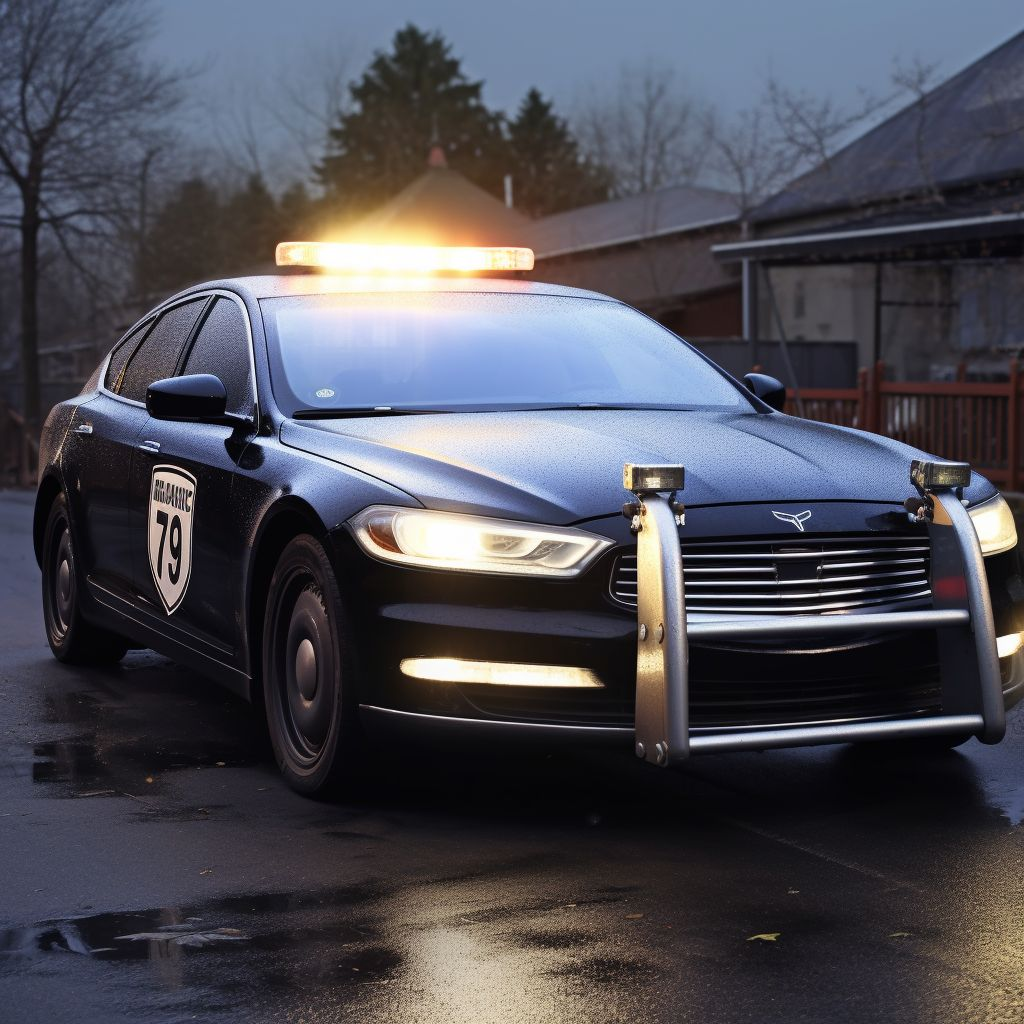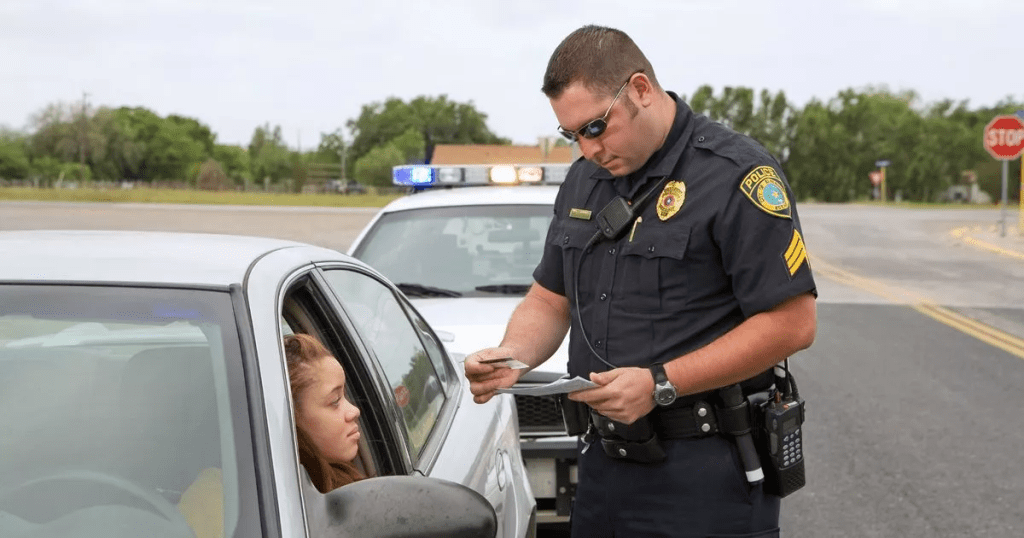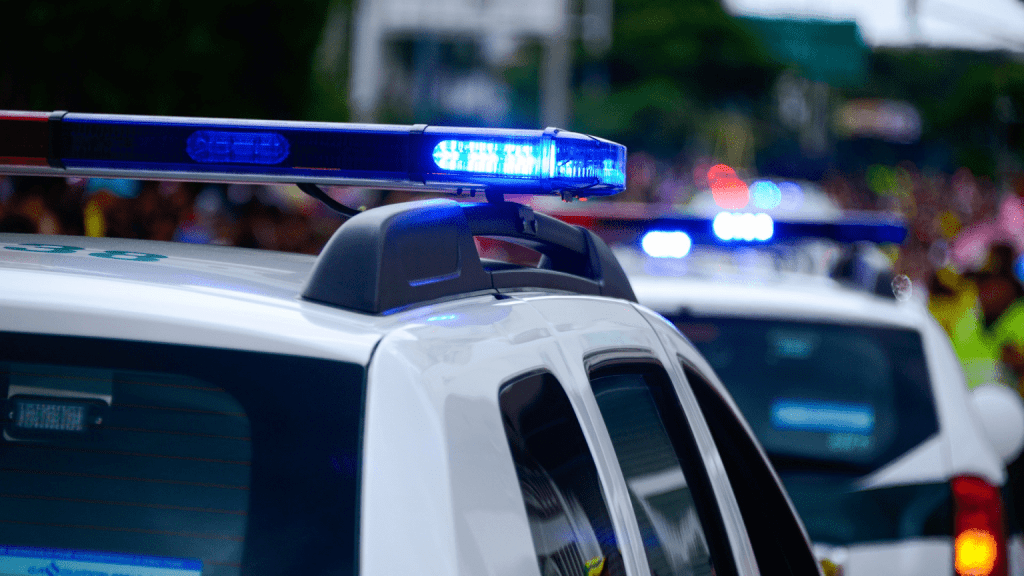Getting pulled over by a police officer can be stressful, and in the midst of it all, you might notice something curious: the officer touches your car’s tail lights. Why do they do this? Is there a deeper reason behind this subtle gesture? In this article, we’ll explore the fascinating reasons why police officers touch the car’s tail lights during traffic stops.
Documenting the Stop
One of the main reasons officers touch your car’s tail lights is to document their presence. By placing their hand on the vehicle, they leave behind a fingerprint. This simple action could prove crucial if the situation escalates or if there are later disputes.
For example, if a driver speeds off or questions arise about the officer’s conduct, that fingerprint serves as proof that the officer was there. Though modern body cameras provide footage, this longstanding practice has continued as an added layer of evidence and accountability.
Enhancing Officer Safety
Traffic stops are unpredictable, and officers always approach vehicles with caution. Touching the tail lights serves as a safety measure, ensuring the officer stays alert to any potential dangers.
In a worst-case scenario—if an officer is harmed or a suspect flees—the fingerprint on the tail lights provides forensic teams with a link to the vehicle involved. This can be vital when piecing together what happened during the stop.
Deterring Illegal Activity
In some cases, touching the tail lights can act as a subtle deterrent to unlawful behavior. When a driver sees the officer closely inspecting the vehicle, they may be less likely to engage in suspicious activities.
The gesture signals that the officer is observant, making it harder for someone to hide contraband, dispose of illegal substances, or tamper with evidence unnoticed. It’s a psychological reminder that the officer is paying attention to every detail.
Establishing a Routine for Consistency
Routines help officers stay focused, especially during high-pressure situations. Touching the tail lights is often part of a structured routine that ensures officers remain consistent in their approach to traffic stops.
By following this routine, officers minimize the risk of overlooking important details. It helps them maintain control and approach each stop with the same level of diligence and care.
Demonstrating Authority and Presence
When an officer touches the tail lights, they’re also making a statement of authority. It shows the driver that the officer is in control of the situation and is methodically inspecting the vehicle. This reinforces the seriousness of the stop and reminds the driver to comply with the officer’s instructions.
The gesture also serves as a visible cue to bystanders, signaling that law enforcement is performing its duties, adding a sense of formality and presence to the interaction.
A Nod to Cultural Traditions in Policing
In some regions, touching the tail lights has become a cultural tradition within certain police departments. It symbolizes the start of an official interaction between the officer and the driver, adding a personal touch to an otherwise tense situation.
While not a universal practice, these traditions are passed down through generations of officers, reflecting the human side of policing.
Conclusion
Though it may seem like a small action, touching the tail lights during a traffic stop serves multiple purposes. It documents the stop, enhances officer safety, deters illegal activity, and helps maintain consistency during the interaction. Additionally, it reinforces the officer’s authority and reflects long-standing policing traditions.
Next time you’re pulled over, you’ll know that this small gesture is intentional and plays a significant role in ensuring a safe and controlled encounter. By understanding why officers touch the tail lights, we gain insight into the layers of safety, accountability, and tradition that are woven into everyday law enforcement practices.